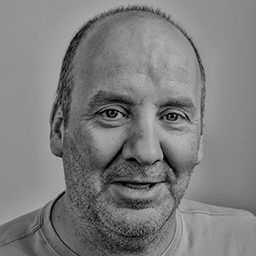
By KMI BELLARD
I’ve been thinking a lot about infrastructure. In particular, what to do when it fails.
There was, of course, the tragic collapse of Baltimore’s Francis Scott Key Bridge. Watching the video – and, honestly, what were the odds there’d be video? — is like watching a disaster movie, the bridge crumbling slowly but unstoppably. The bridge had been around for almost fifty years, withstanding over 11 million vehicles crossing it each year. All it took to knock it down was one container ship.
Container ships passed under it every day of its existence; the Port of Baltimore is one of the busiest in the country. In retrospect, it seems almost inevitable that the bridge would collapse; certainly one of those ships had to hit it eventually. The thing is, it wasn’t inevitable; it was a reflection of the fact that the world the bridge was designed for is not our world.
Transportation Secretary Pete Buttigieg noted: “What we do know is a bridge like this one, completed in the 1970s, was simply not made to withstand a direct impact on a critical support pier from a vessel that weighs about 200 million pounds—orders of magnitude bigger than cargo ships that were in service in that region at the time that the bridge was first built,”
When the bridge was designed in the early 1970’s, container ships had a capacity of around 3000 TEUs (20-foot equivalent foot units, a measure of shipping containers). The ship that hit the bridge was carrying nearly three times that amount – and there are container ships that can carry over 20,000 TEUs. The New York Times estimated that the force of the ship hitting the bridge was equivalent to a rocket launch.
“It’s at a scale of more energy than you can really get your mind around,” Ben Schafer, a professor of civil and systems engineering at Johns Hopkins, told NYT.
Nii Attoh-Okine, a professor of engineering at the University of Maryland, added: “Depending on the size of the container ship, the bridge doesn’t have any chance,” but Sherif El-Tawil, an engineering professor at the University of Michigan, disagreed, claiming: “If this bridge had been designed to current standards, it would have survived.” The key feature missing were protective systems built around the bases of the bridge, as have been installed on some other bridges.
We shouldn’t expect that this was a freak occurrence, unlikely to be repeated. An analysis by The Wall Street Journal identified at least eight similar bridges also at risk, but pointed out what is always the problem with infrastructure: “The upgrades are expensive.”
Lest anyone forget, America’s latest infrastructure report card rated our overall infrastructure a “C-,” with bridges getting a “C” (in other words, other infrastructure is even worse).
What’s the plan?
——–
Then here’s an infrastructure story that threw me even more.
Continue reading…









